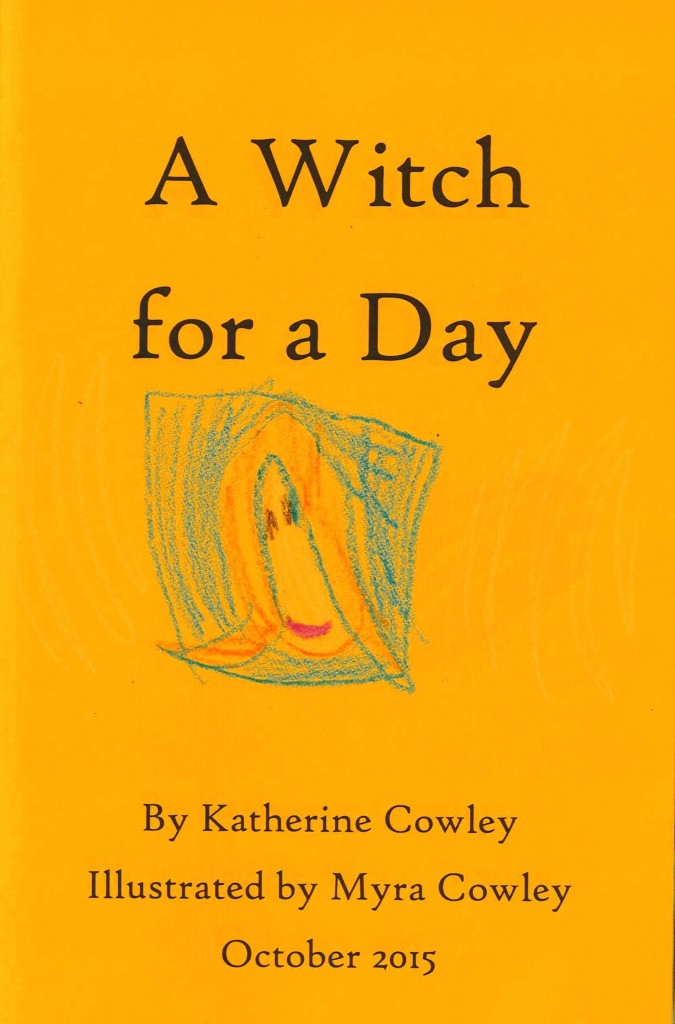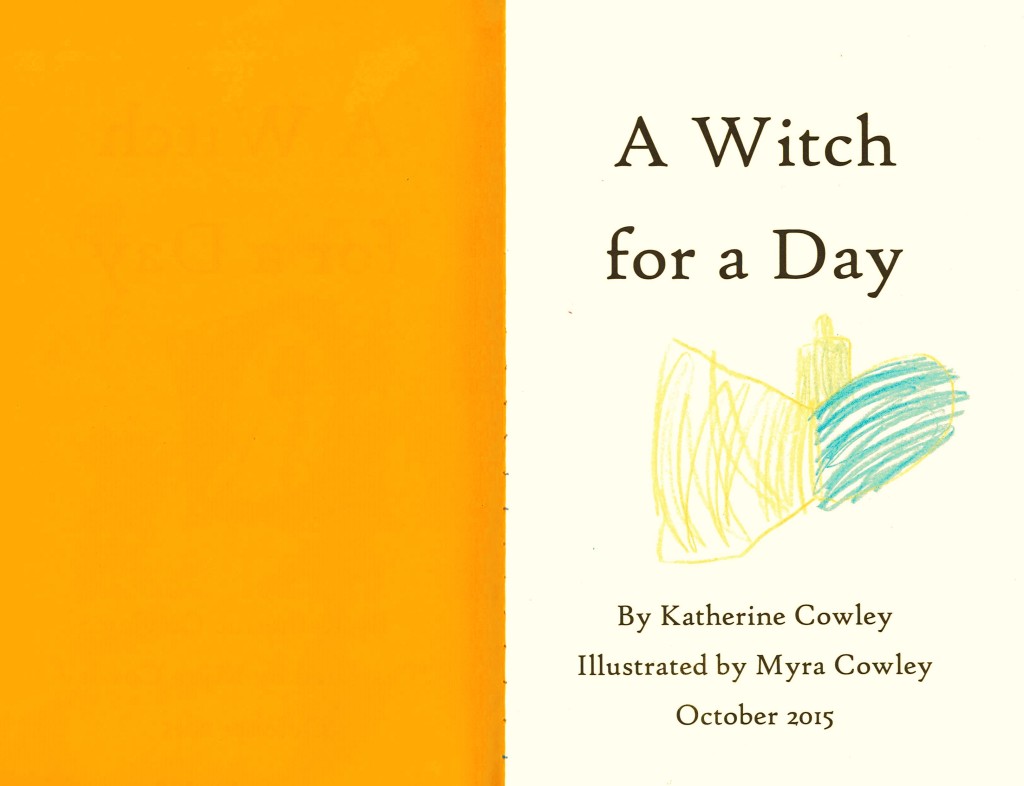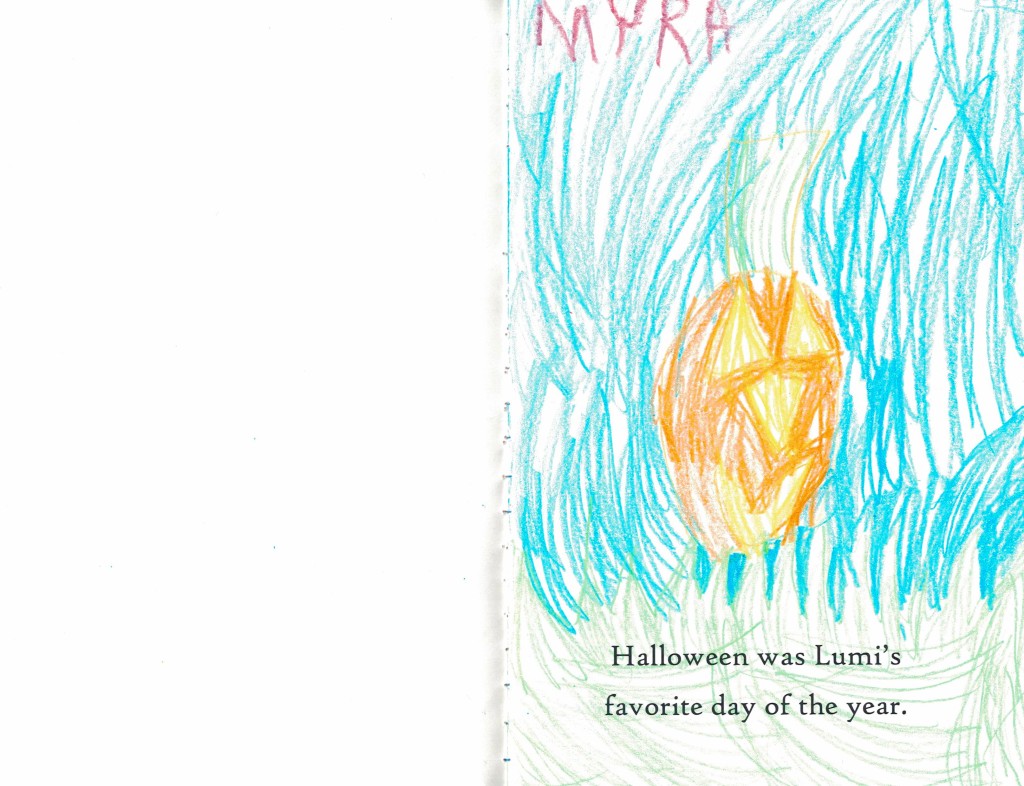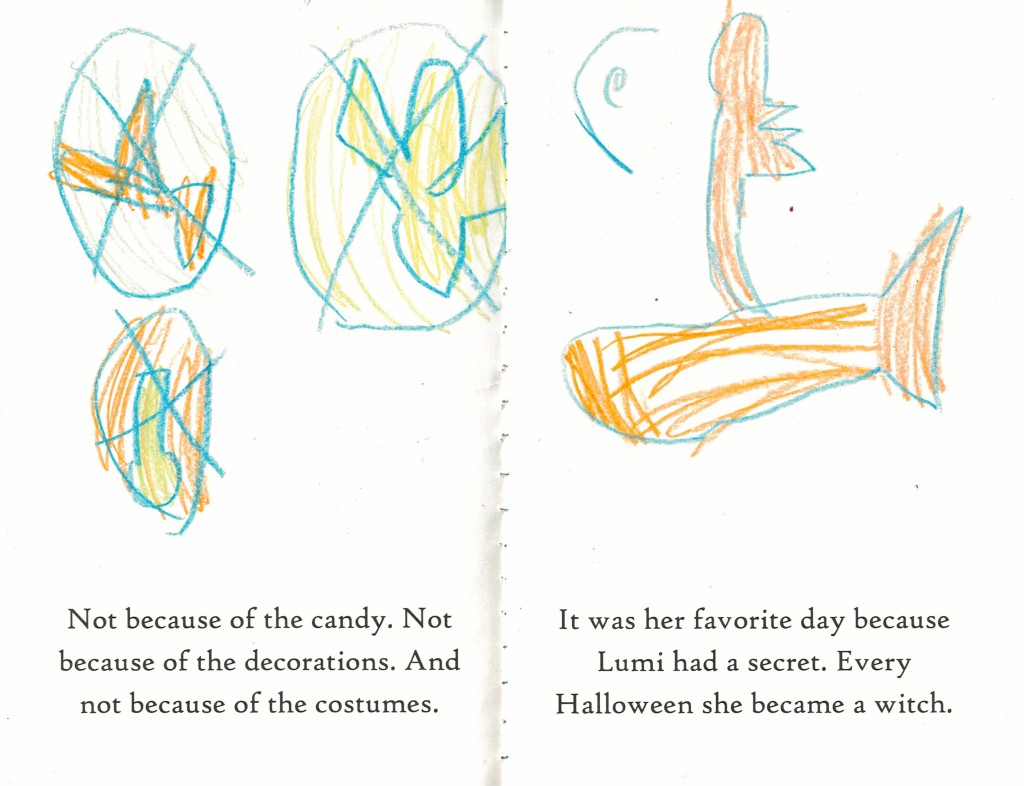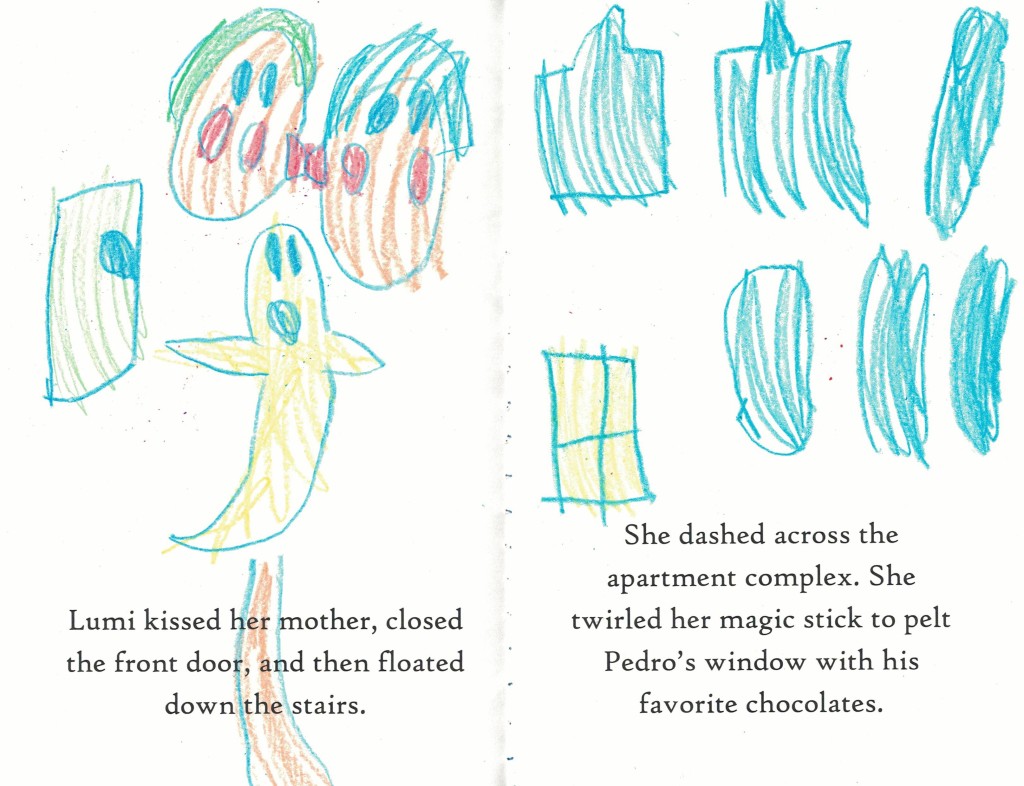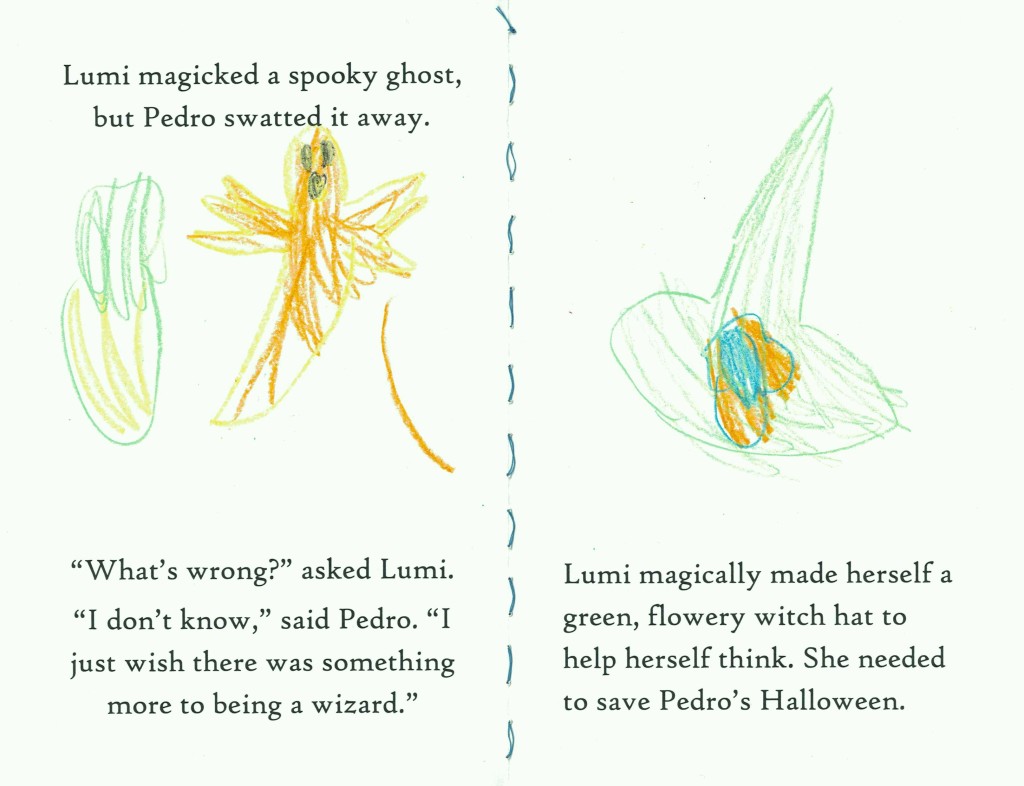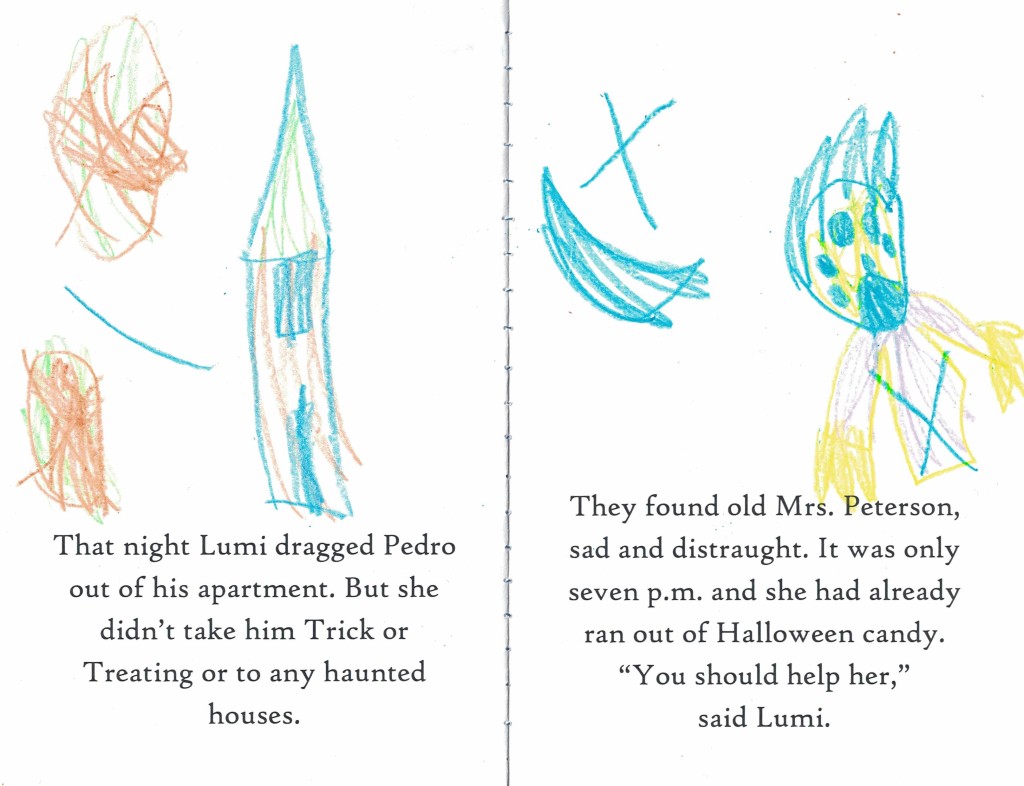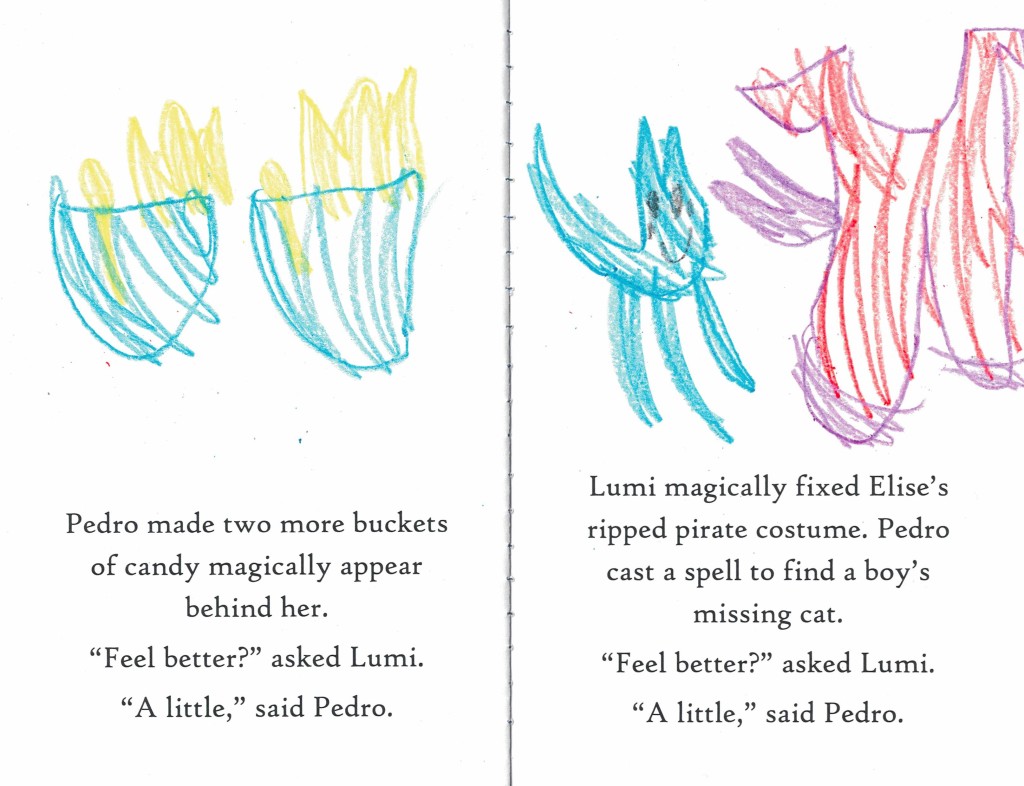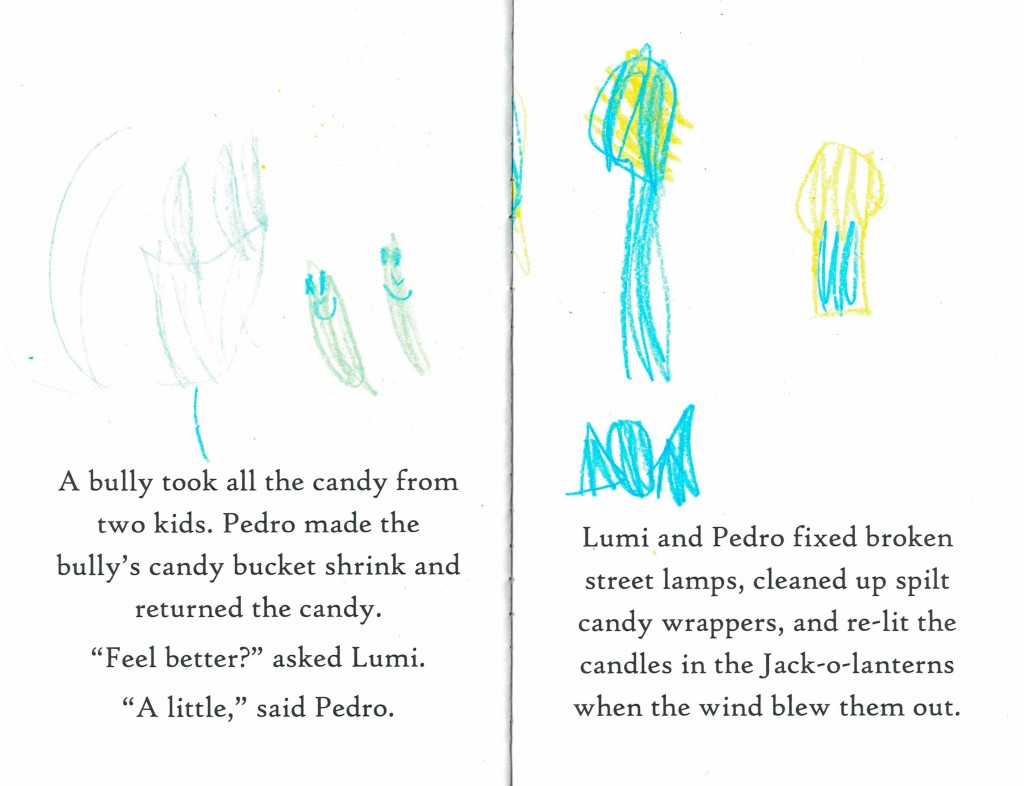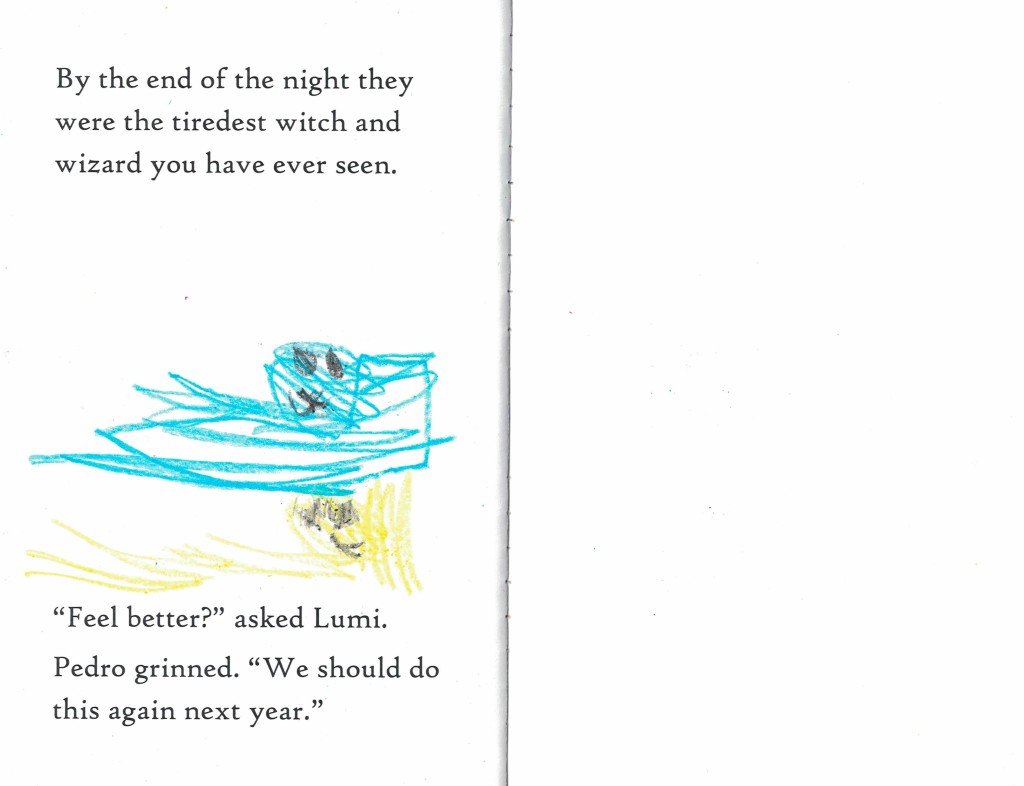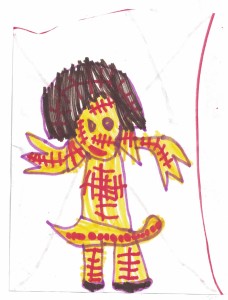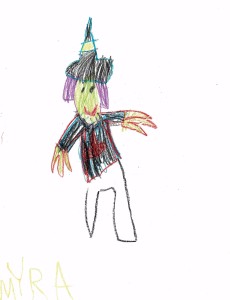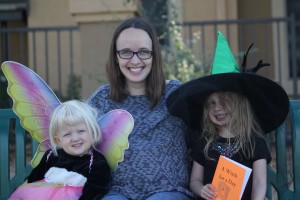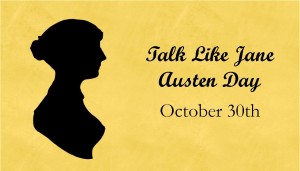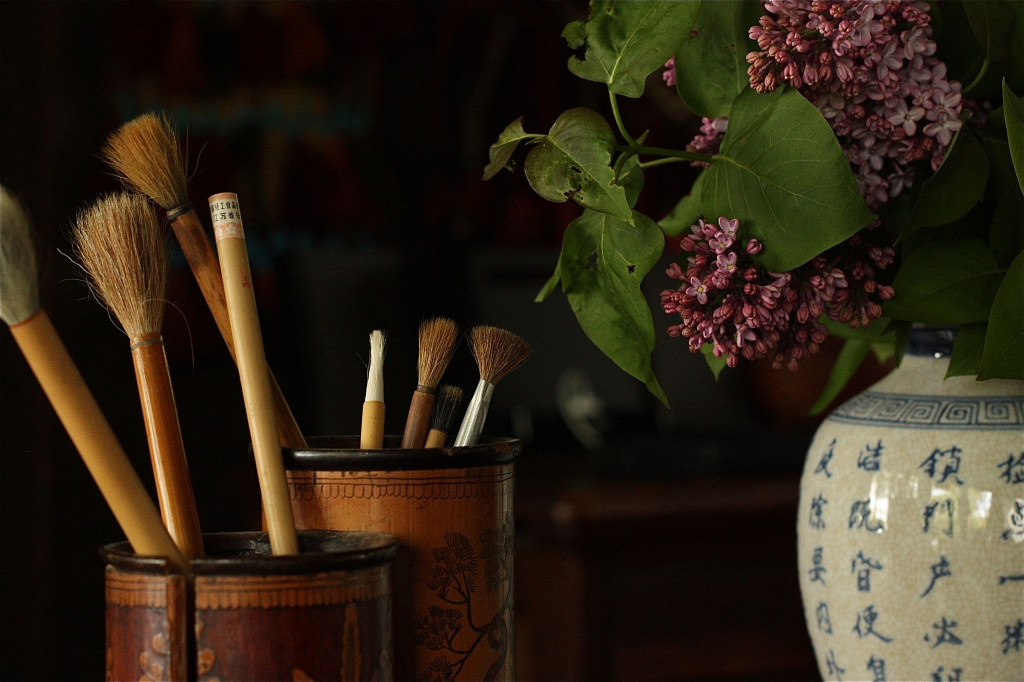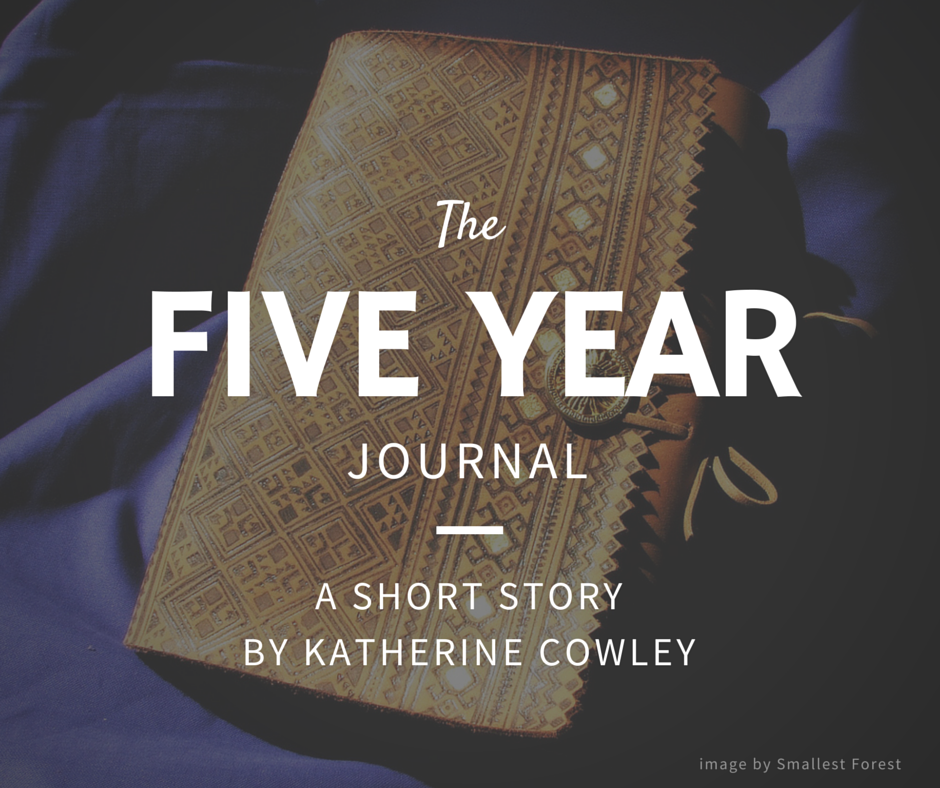I Just Bought My First Barbie + My Thoughts on the Barbie Movie
This week, I–a thirty-something year old woman–bought my very first Barbie doll.
I never owned a single Barbie when I was a child. Yet I desperately wanted one. I loved going over to friends’ houses and playing with Barbie dolls, dream houses, and pink cars.
I never asked for a Barbie because I assumed that my parents would be opposed to them and everything Barbie stood for (a sexualized, unattainable, and perhaps undesirable version of reality–clearly they wouldn’t that want that).
Years later, one of my younger sisters had Barbies, and I realized that I should have asked. Maybe a Barbie would have been outside of my family’s budget, but maybe it would have become that coveted Christmas present.
Fast-forward to myself as an adult, and my daughters own dozens of Barbie dolls, several Chelsea dolls, and a few pets. And, lest I forget, a single Ken doll. I have bought Barbies for them and Barbies for birthday presents, as if I am trying to make up for lost time. And I’ve spent many hours playing Barbies with my children. One of my youngest’s favorite versions involves designating half of the Barbies as villains and often includes kidnapping, tying Barbies up with ropes, and all manner of treachery and shenanigans.
Then came the Barbie movie. Not those animated movies that my daughters used to watch that I find supremely annoying, but THE 2023 Barbie movie.
I knew, from the moment the first Barbie teaser trailer dropped, that I would love the Barbie film. After all, 2001: A Space Odyssey is one of my favorite films, and if a director can manage to do a perfect homage, remaking every shot but with baby dolls, then I’m on board for the ride. (I’ll spare you the 1000-word analysis of the opening sequence of 2001…but know that this analysis is ever in my heart.)
Earlier this week, I was feeling very prepared for the Barbie movie:
- Group of friends to go with? Check.
- Tickets to opening night? Check.
- Outfit? Check. (Matching Barbie shirts with customized “This Barbie is…” statements on the back.)
But I wanted a Margot Robbie Barbie doll. My internal voices, the same voices that led me to not ask for a Barbie, told me:
- I don’t need a Barbie doll
- I’m an adult–clearly I don’t need a Barbie doll
- This is a waste of money
- I’m going overboard for this movie, when I’m not even a Barbie superfan
I decided not to listen to the voices. I bought the Barbie doll.
And then I brought my very own Barbie–my very first Barbie–with me to the movie.
The showing was absolutely packed, mostly with women, but also with men and children. And the film was a delight. It was a perfect mix of comedy, cultural references, and simultaneous lighthearted embracing and mocking of fandom and society, mixed with touching, heartfelt moments.
One of the things I’ve struggled with throughout my adult life is a feeling of internal conflict. Of wanting to be many things, but feeling like my wants and desires don’t match up with all the many versions of what the different cultural, social, religious, and family groups I am a part of think I should be. It’s something I’ve tried to work through with therapists, but almost always I feel this internal tension, this sense that I’m not enough, this almost-wish that I could just happily fit into one of the roles that has been prescribed for me, and somehow just feel happy and content in this role. Could I just not want more? Could I just not want something different? Wouldn’t life be better that way?
This movie–Barbie’s journey, Ken’s journey, Gloria’s journey, Sasha’s journey–made me feel less alone. It made me feel like maybe I’m not the only one struggling with this. In fact, this is something everyone faces–especially women. Like Barbie, I can be who I want to be. Like Barbie, I can take on many roles. Like Barbie, there will be challenges and conflict, and the path won’t always be clear. But I can keep trying.
I have no regrets about buying myself a Barbie doll.

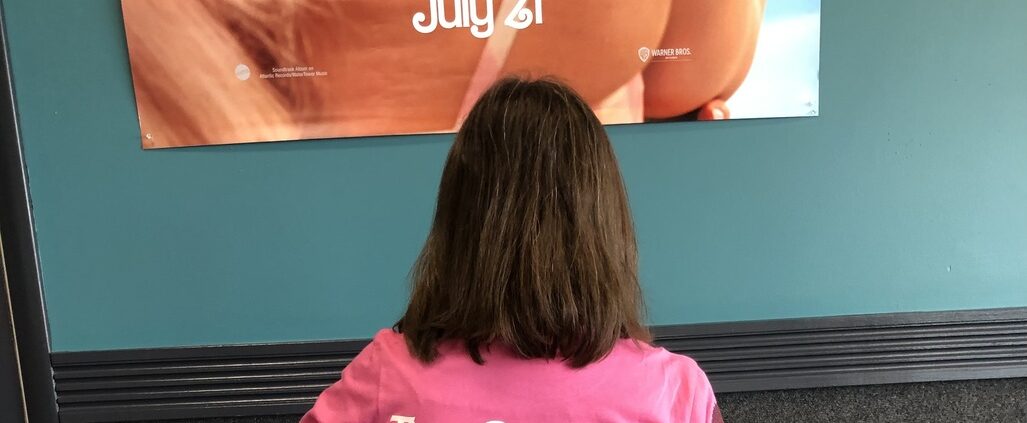
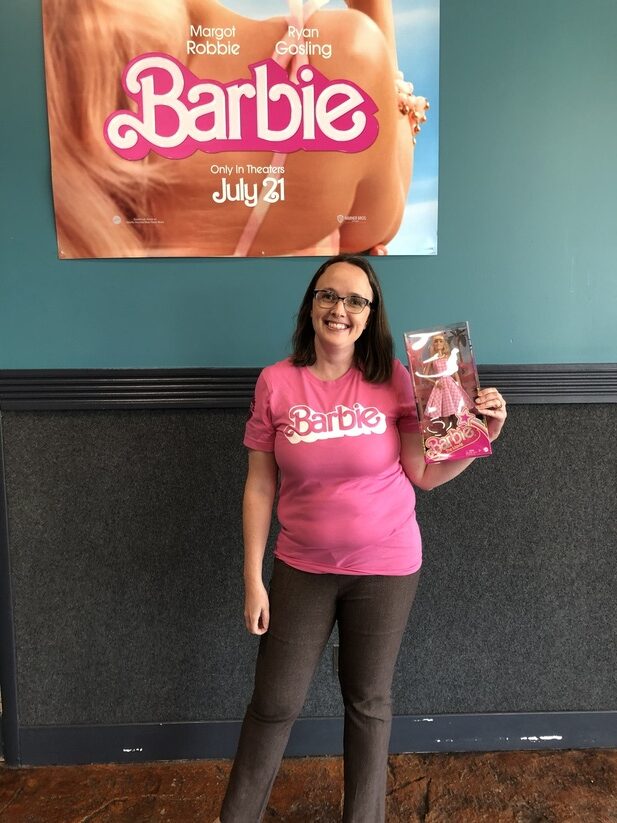
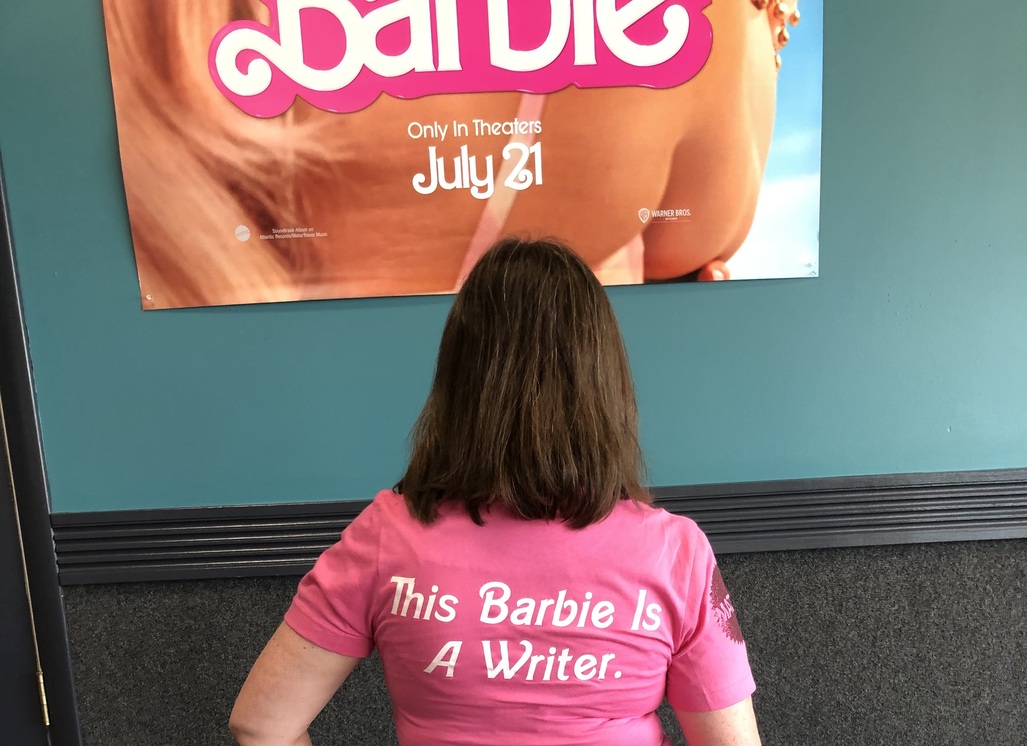
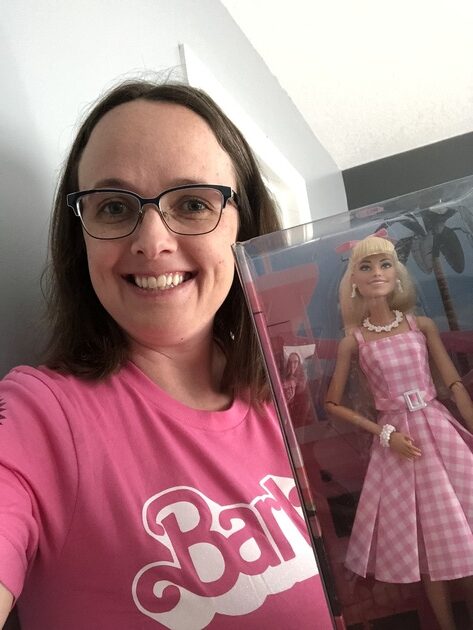

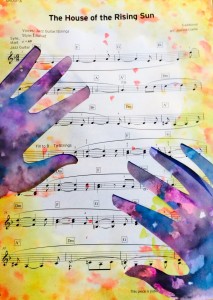
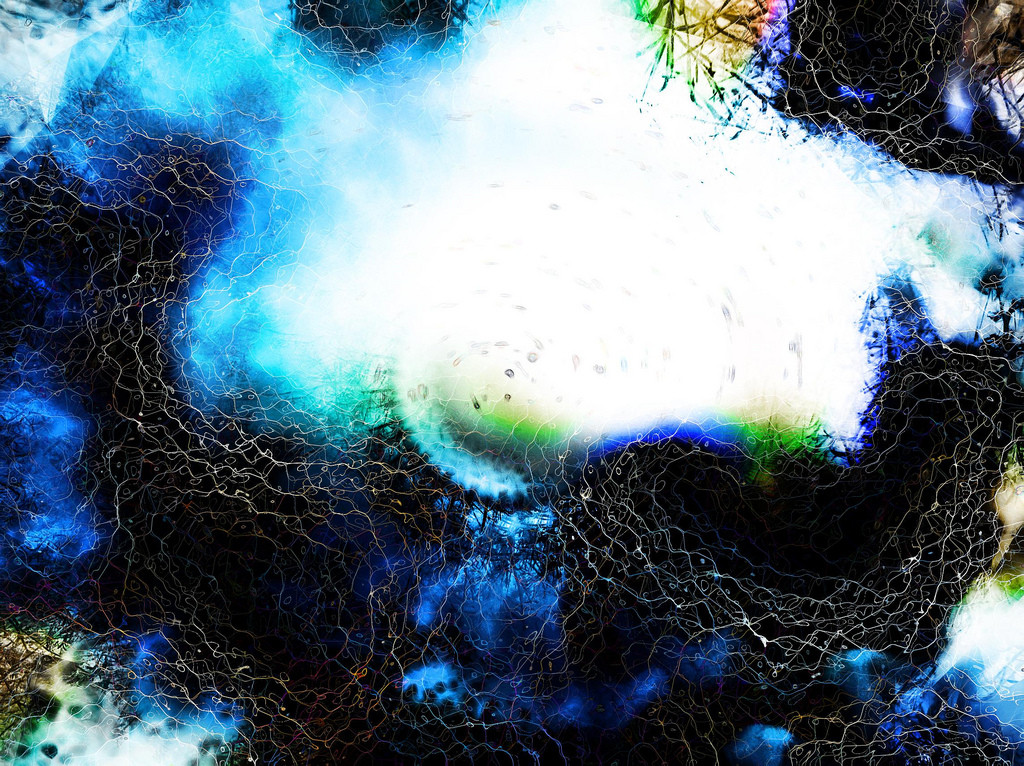
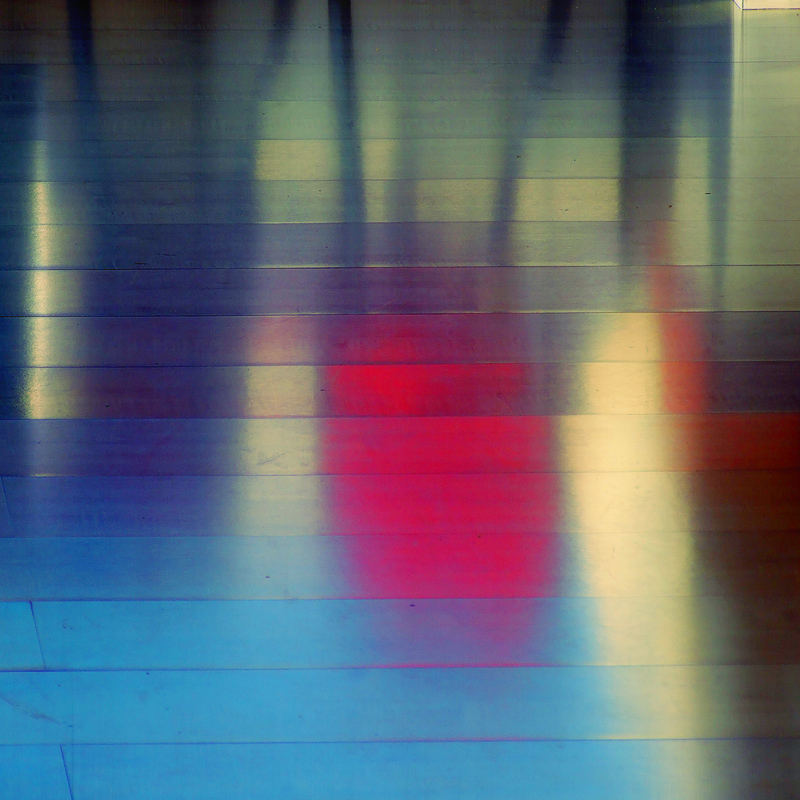

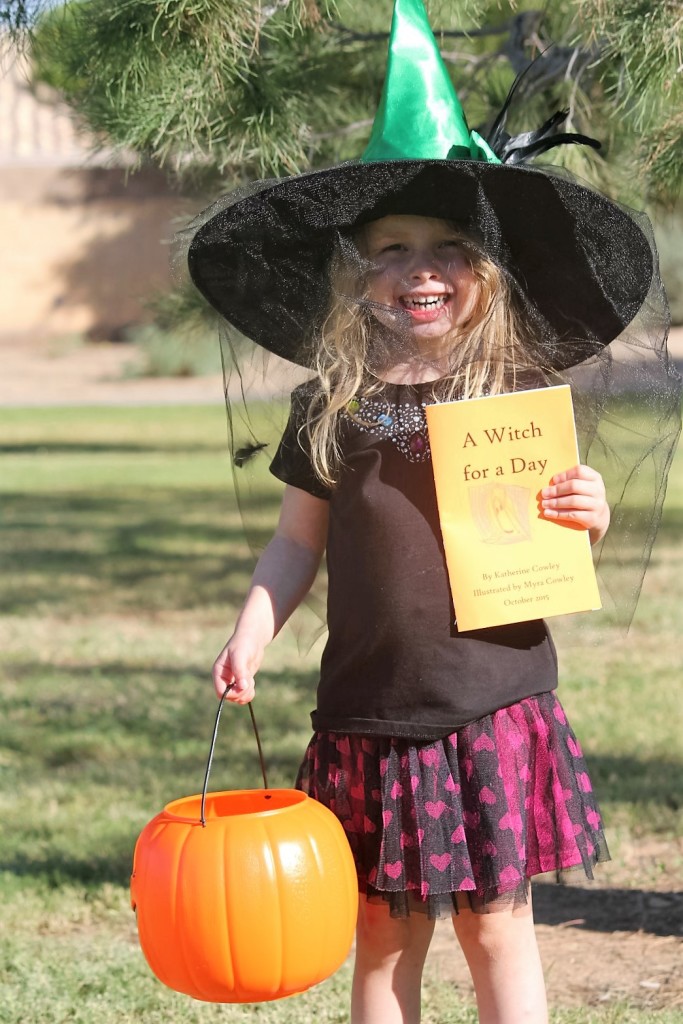
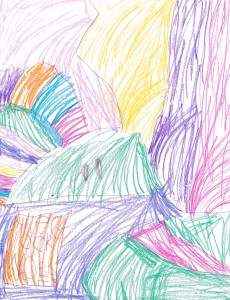 It was made by my daughter Myra. When “The Clockwork Seer” was released in the anthology Steel and Bone in June, Myra asked me to read it to her. It took two days, but she listened attentively to the entire thing, despite the lack of any pictures.
It was made by my daughter Myra. When “The Clockwork Seer” was released in the anthology Steel and Bone in June, Myra asked me to read it to her. It took two days, but she listened attentively to the entire thing, despite the lack of any pictures.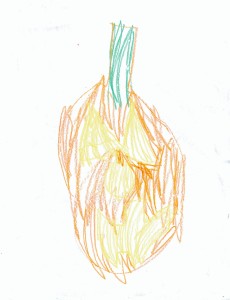 Myra said, “I drew you a pumpkin because your next story needs to be a Halloween story. And it needs to have witches and wizards in it.”
Myra said, “I drew you a pumpkin because your next story needs to be a Halloween story. And it needs to have witches and wizards in it.”